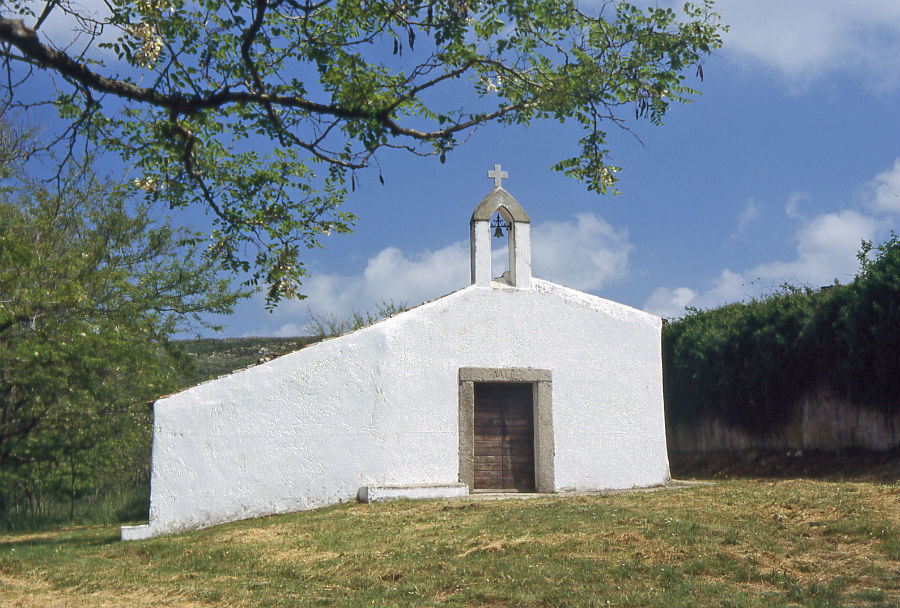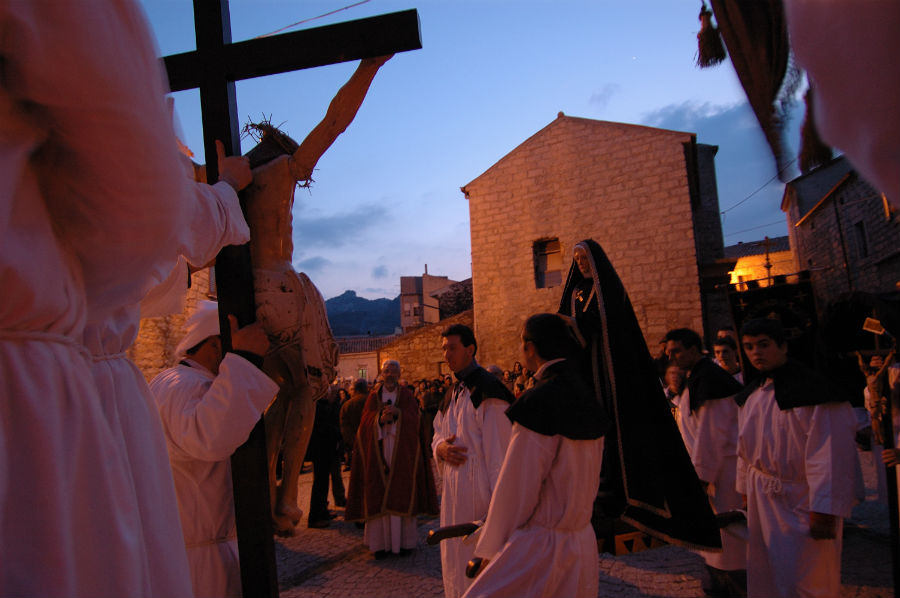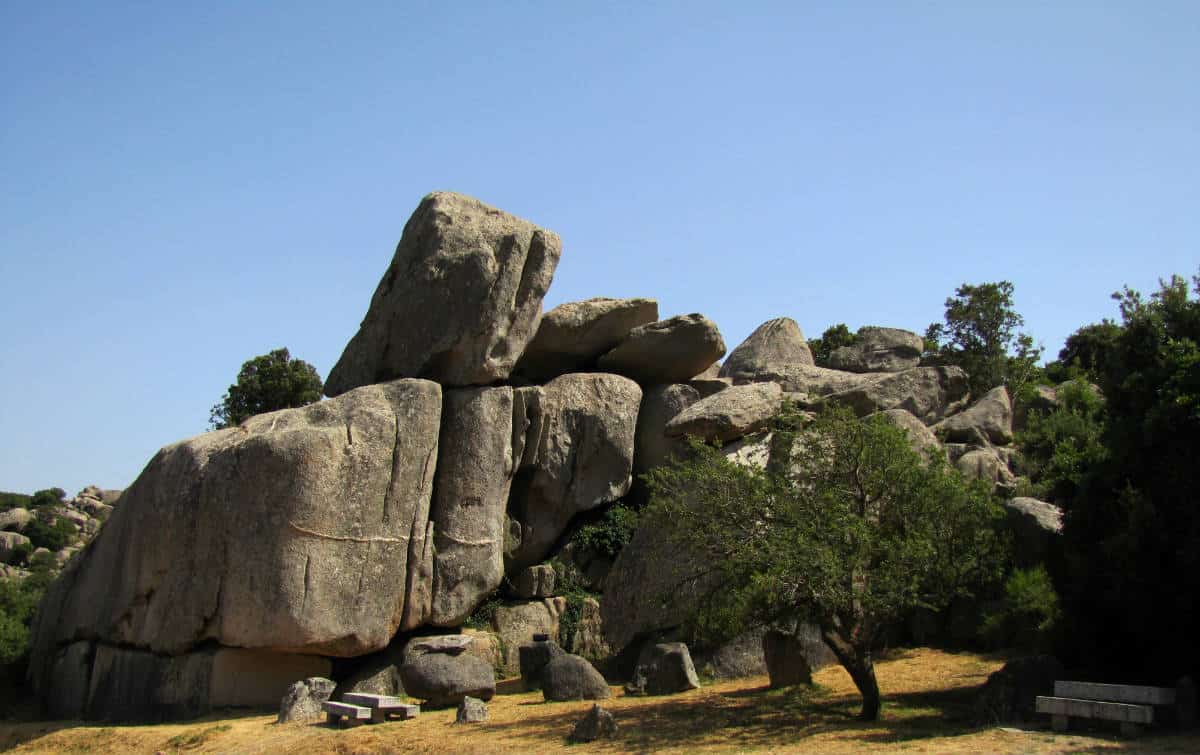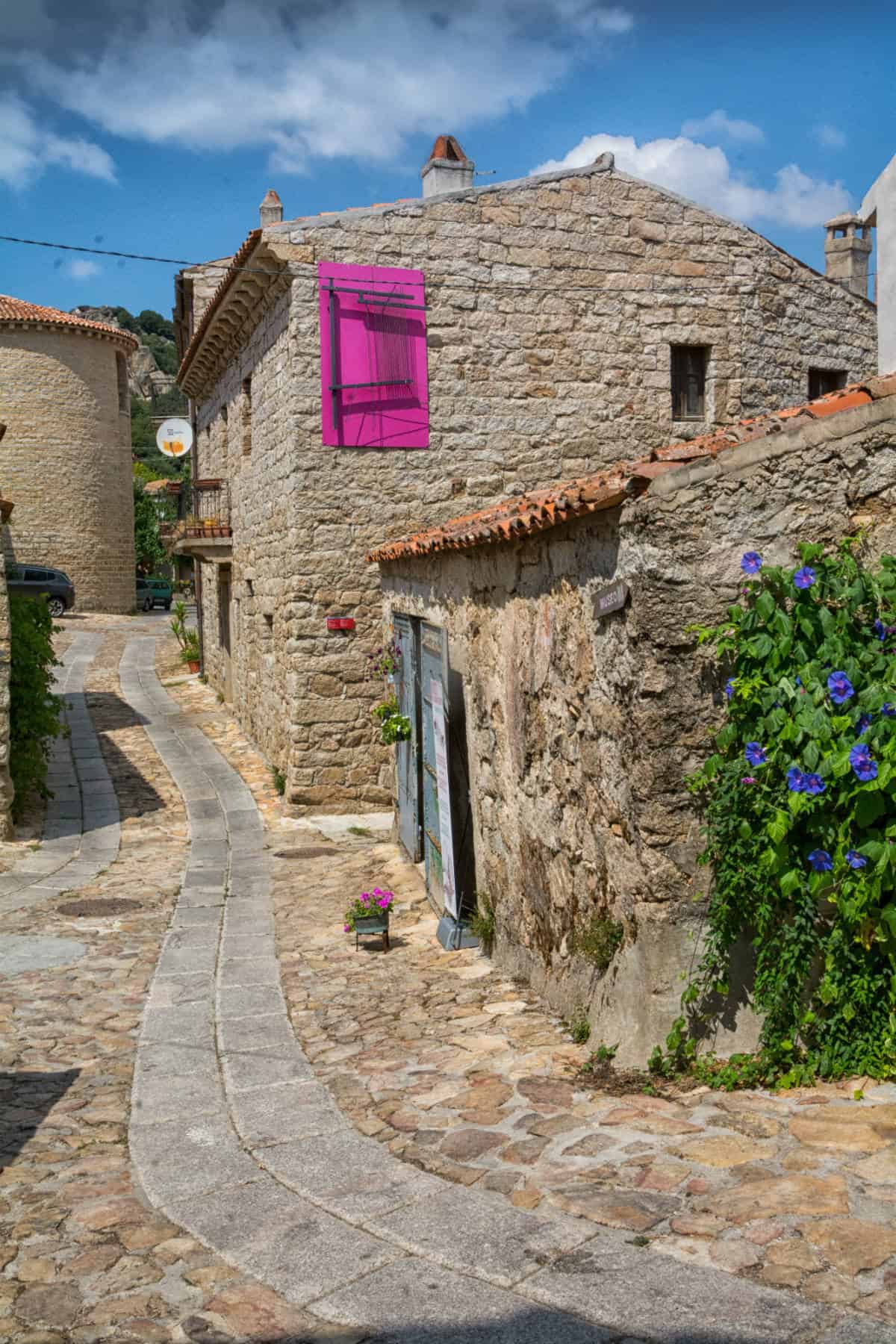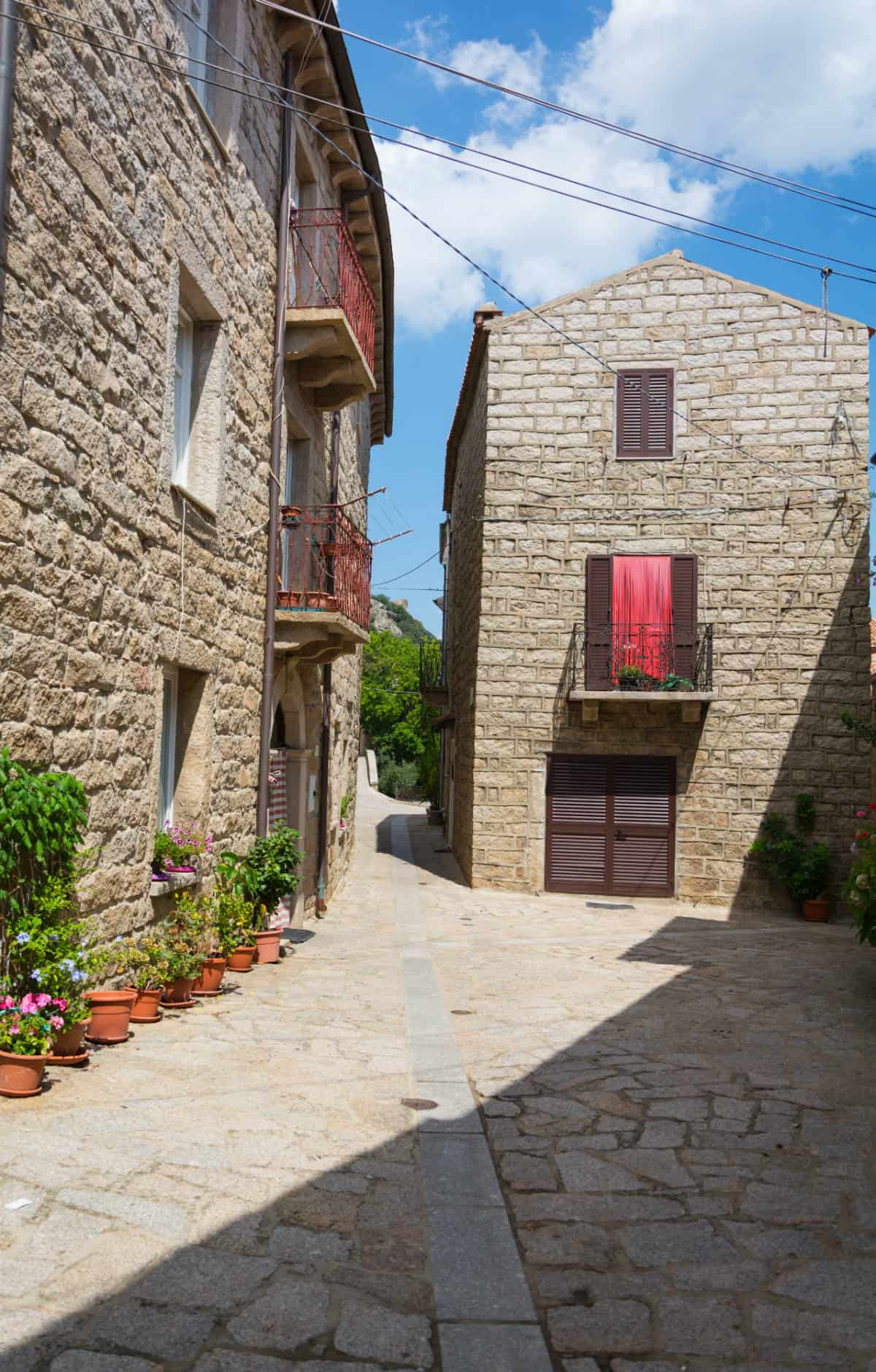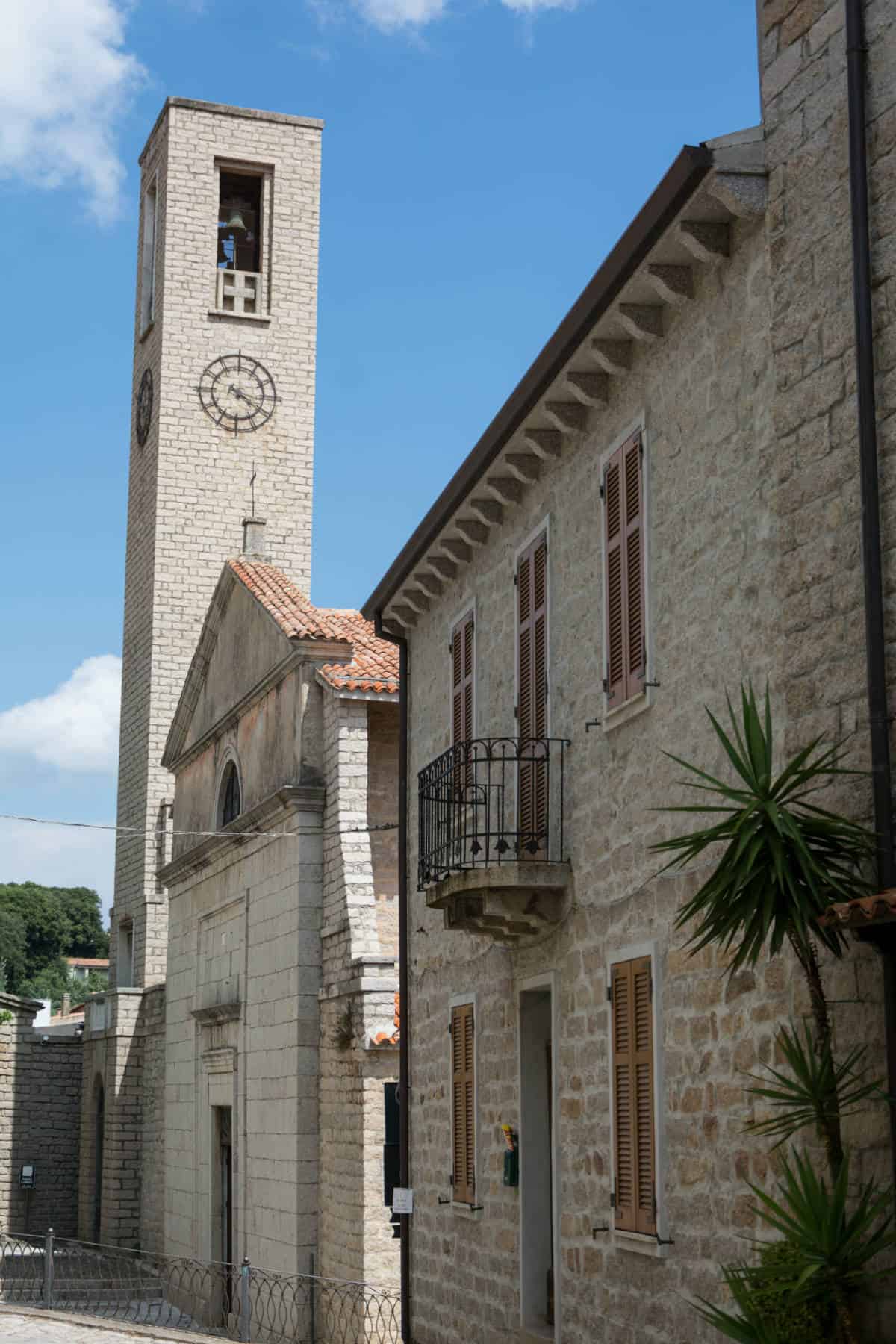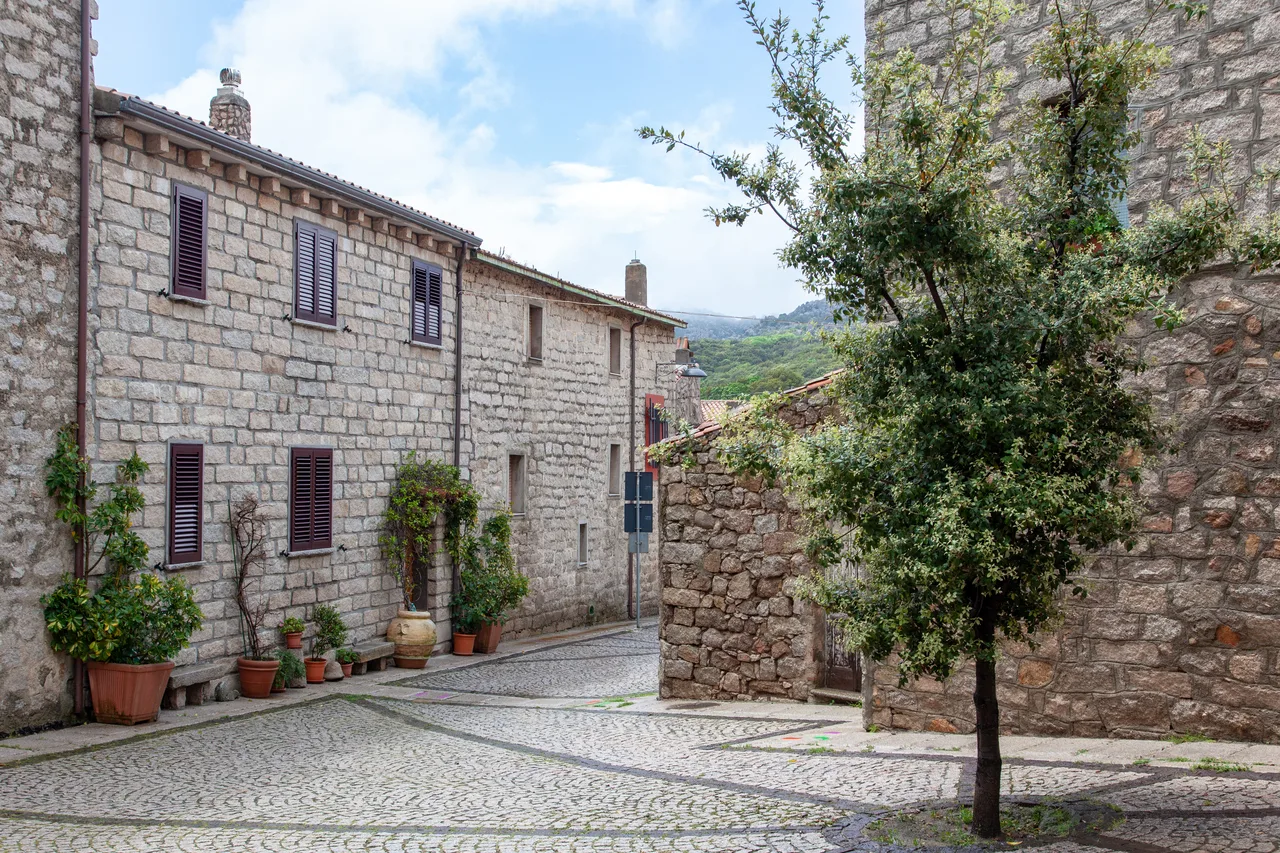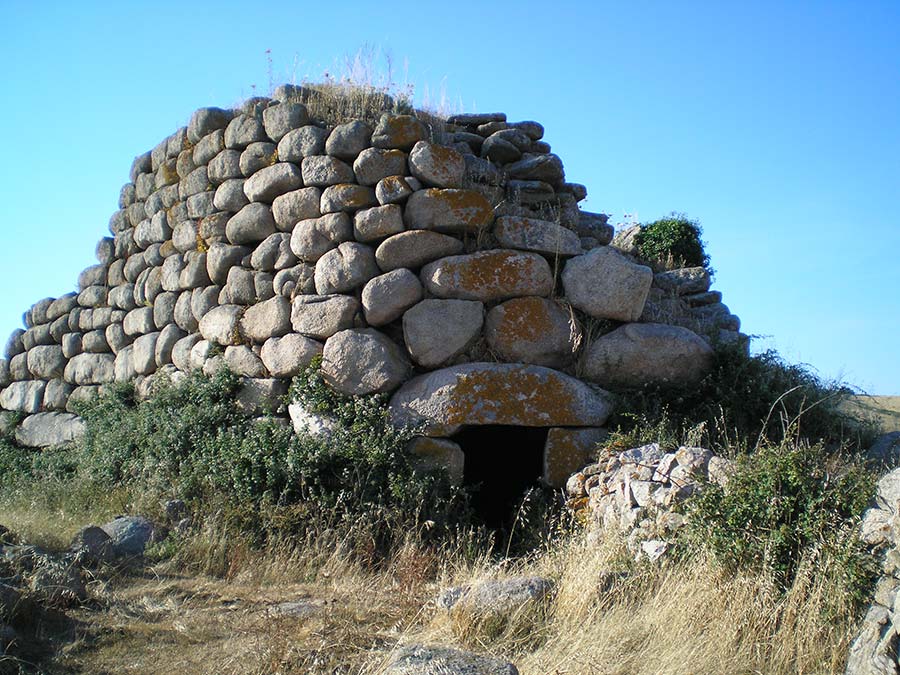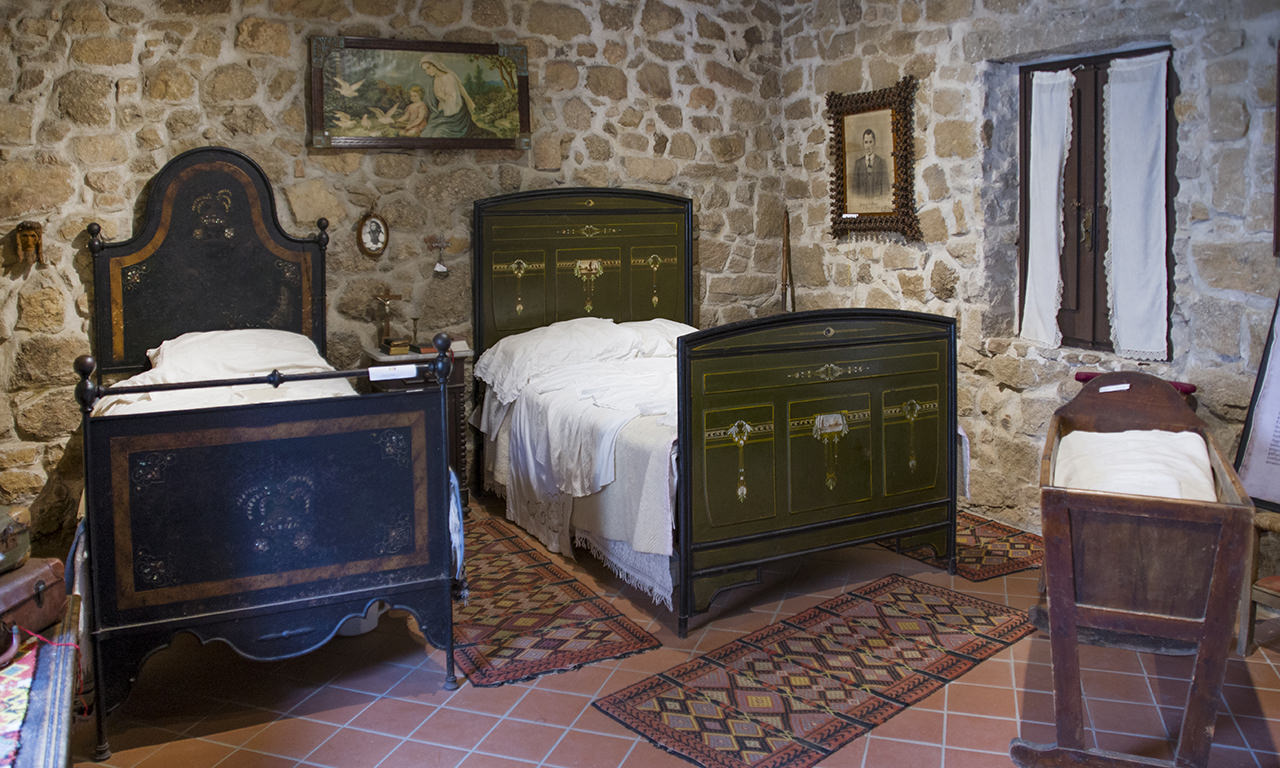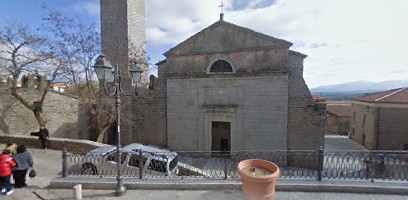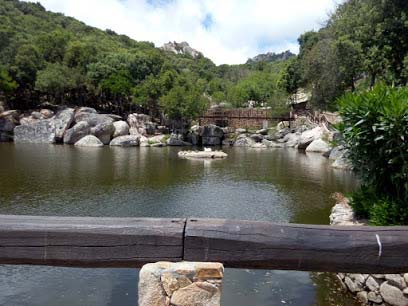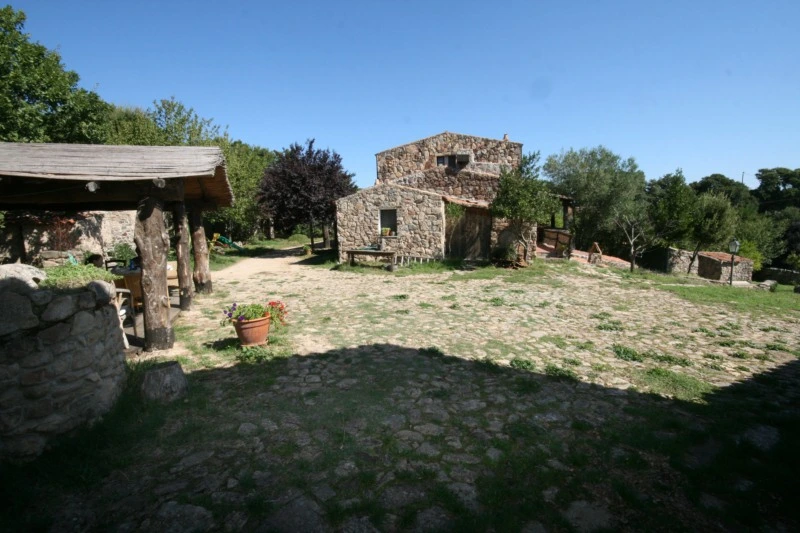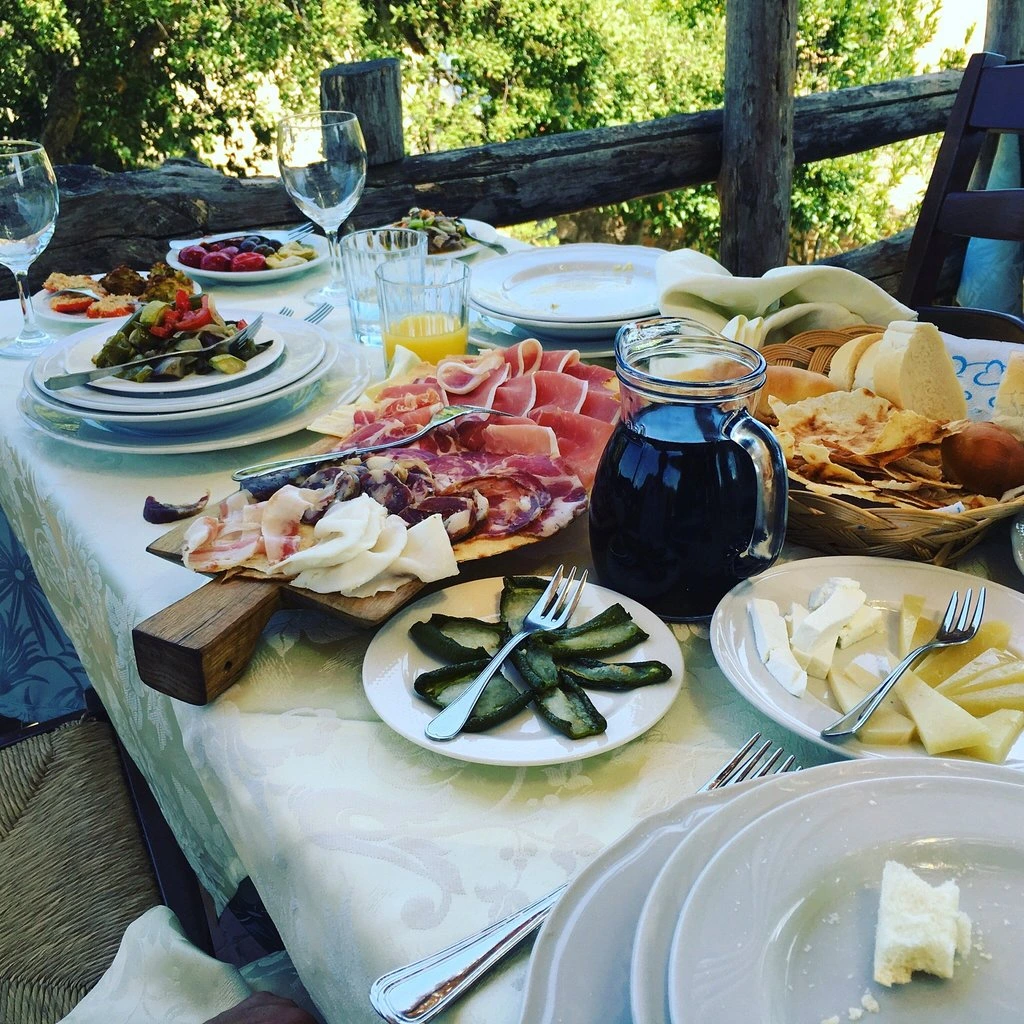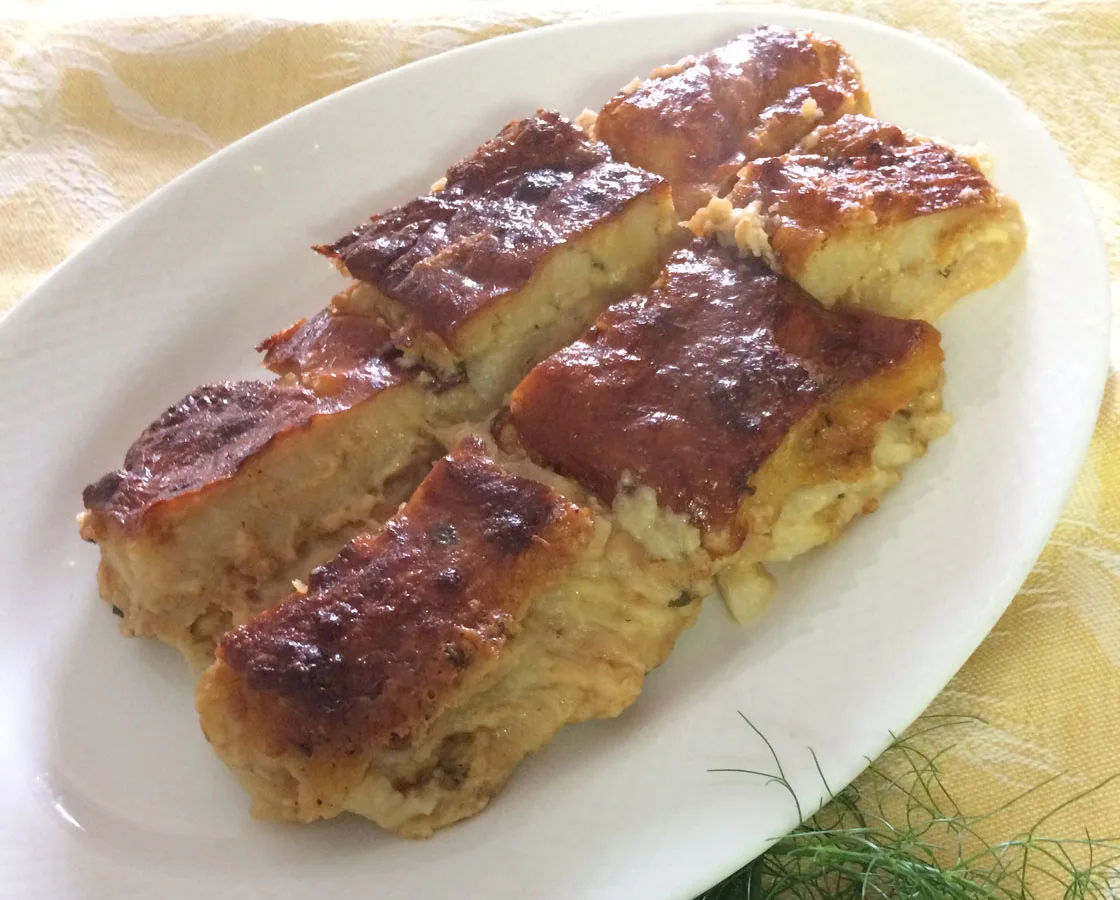Located at 514 meters above the sea level, in the historic region of Gallura, Aggius rises at the foot of the serrated mountain ridge called "Monti di Aggius", which includes different uplands, all comprised between 600 and 800 meters of elevation. The landscape that can be admired from here extends from the Asinara island to the Maddalena archipelago and the Costa Smeralda. On a clear day you can admire the airy Strait of Bonifacio and the nearby Corsica with the recognizable cliffs of Capo Pertusato.
The origins of the village date back to prehistoric times, but it was only the Spanish domination, which took possession of it around the year 200, that influenced dialects, traditions and local customs in a very marked way. This dominion lasted about 400 years, until in 1720 Aggius passed under the dominion of the Savoia family. Aggius in the first half of the XVI century went down as a center of counterfeiters. The 'Mint' would have been found on one of its mountains, and for this reason it was called Fraili (the blacksmith's forge). Only a few people know the curious event that occurred in 1848, when Aggius became a Republic for forty-eight hours, invested by that movement which in Europe took the name of "Springtime of the Peoples".
In the old town centre of the village, the predominant element is the visible granite that can be found in the walls of the buildings and in the flooring of the streets, alleys and squares. The place names have preserved their ancient names: The Aldia (guard post, tollhouse), Paràula, Speslunga, Lu Cunventu and Piazza di li Baddhi (square of the dances). Do not miss the Ethnographical Museum "Oliva Carta Cannas", dedicated to domestic environment and everydaily life, and the Museum of Banditry.
Finally, the gastronomy of Gallura uses local products, fruit of the land and the breeding. The most known and celebrated typical dish of Aggius is the gallurese soup (the suppa cuata), prepared with slices of stale bread, alternated with slices of fresh cheese, grated cheese, mixed with parsley and a pinch of pepper. Other typical dishes are: the gnocchetti (li ciusoni), ravioli stuffed with ricotta cheese or other cheese (li bruglioni); the faa oglia, prepared with whole pods of fresh broad beans, salted lard and pork meat. Among the dairy products, instead, you can find the mazzafrissa (cream with semolina). Among the sweets you will find the azzuleddi, braided dough and fritters, Li Frisgioli Longhi.


